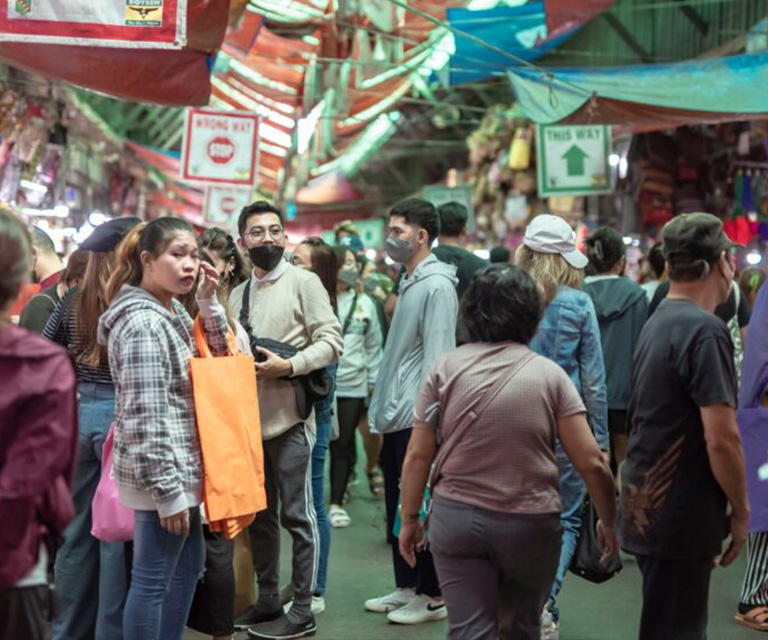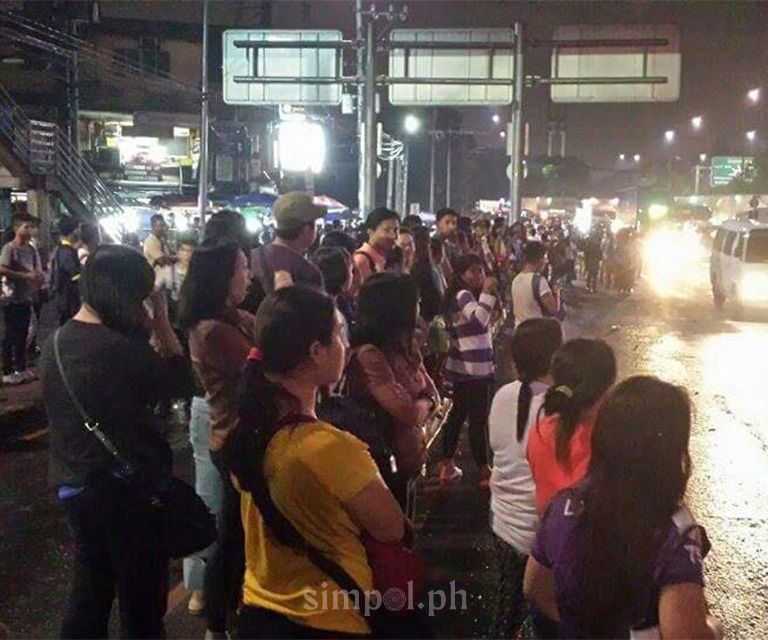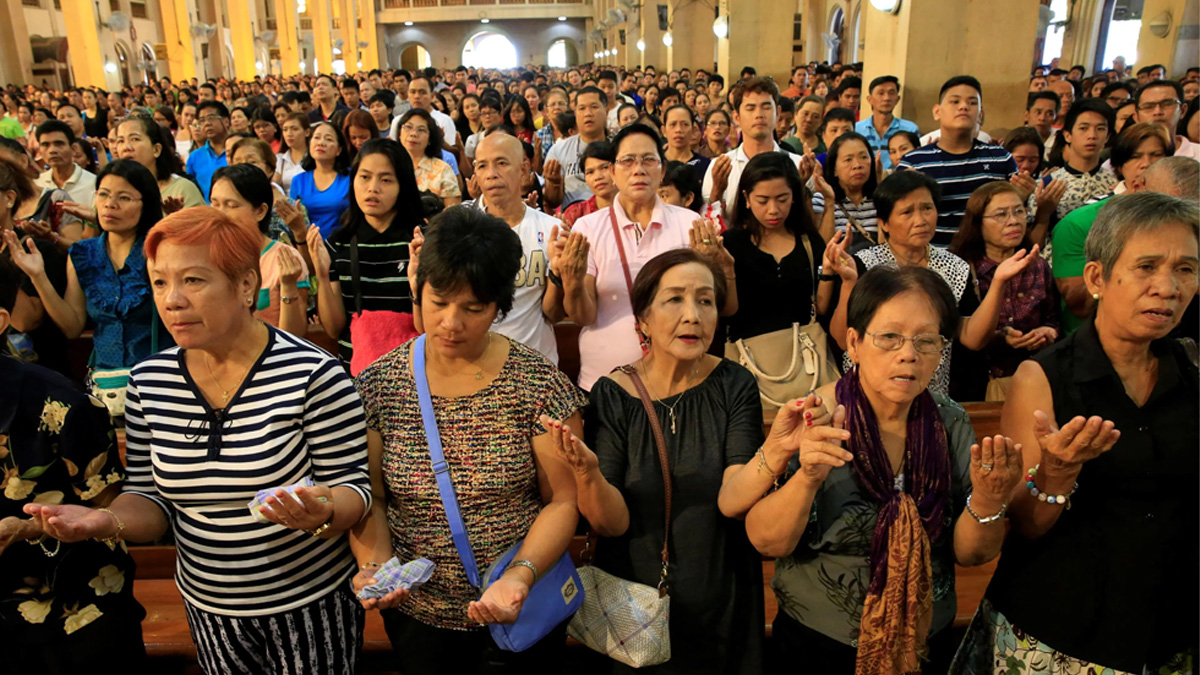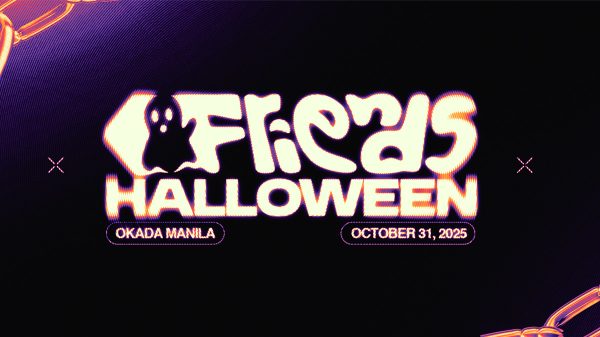In the Philippines, where traffic drains hours, inflation eats into meals, and therapy is either too far or too expensive, healing often doesn’t come in a clinic. It comes in the form of novena prayers, whispered intentions, or a quiet walk to church at dawn.
Dr. Beth de Castro, a seasoned Filipino psychologist and professor at the University of the Philippines, believes we need to expand how we define recovery, especially in a culture where spirituality and suffering often go hand in hand.
“Burnout is real,” she says. “But the way people cope here is different. You cannot apply Western psychology without understanding the emotional weight of prayer, of dreams, of community rituals.”
Carmela, a 41-year-old single mother, has never seen a therapist — but she hasn’t missed simbang gabi in years. Every December, she prays for strength. It’s not a fix, she says. But it helps her get through the year.
Faith doesn’t solve structural problems. But for many like Carmela, it softens the weight they carry.

Burnout Isn’t Always Individual
Dr. de Castro explains that burnout isn’t just personal fatigue. “Sometimes it’s not just you who’s tired — it’s your whole family, your team, your barangay,” she says. When community grief — like a flood, a death, or long-term unemployment — spreads, collective burnout takes root.
Prayer, she says, becomes a vessel. Not just for hope, but for release. “It’s where people bring their grief, their questions, their anger. It’s not always peaceful. But it’s honest.”
When people dream of a dead loved one, or light a candle for someone who’s gone, that’s not superstition. That’s a coping mechanism, grounded in culture.
Western Psychology Doesn’t Always Translate
Western psychology often fails to recognize this. The frameworks tend to treat these acts as irrational, even pathological. But in the Philippines, they are profoundly normal — and healing.
“We had a case where someone dreamed of her mother who recently passed away. She cried not because she saw the dead body of her mother — but because her mother never appeared to her,” Dr. de Castro shares. “In Western terms, that’s nothing. But here, it’s a big deal. It’s unresolved mourning.”
Mental health, she insists, can’t be divorced from culture. “You can’t Google your way to healing,” she says. “Or ask an AI and expect the answer to be culturally grounded. It might be scientific — but it won’t always be soulful.”
Filipinos don’t always seek out professional help, not because they don’t want to — but because it’s inaccessible, expensive, or unfamiliar. Instead, they seek comfort in rosaries, saints, community prayers, and storytelling. The spiritual world is where they process what the real world won’t let them say.

Surrender as Strength
But it’s not just about tradition. Faith also offers space for pause. In a country where productivity is demanded at all costs, the act of praying — of stopping, reflecting, feeling — is in itself a quiet rebellion.
“Even ‘bahala na’ has depth,” Dr. de Castro adds. “It’s not always fatalism. Sometimes, it’s an act of surrender — saying, I’ve done my part. The rest, I leave to something larger.”
Pulling yourself out of burnout doesn’t always mean rest or therapy. Sometimes, it means lighting a candle. Listening to old hymns. Crying in the middle of mass. And knowing that in doing so, you are not alone.
There are no shortcuts to healing. But there are signs you’re still holding on: a text from a friend. A quiet dinner with family. A moment of stillness in church.
These might not seem like recovery to Western experts. But to those who live it, they are everything.
Faith, Not Just Resilience
Healing doesn’t always look like progress. Sometimes, it looks like enduring the day. Sometimes, it sounds like a whispered prayer.
And often, it begins with faith that you don’t have to carry everything alone.
























